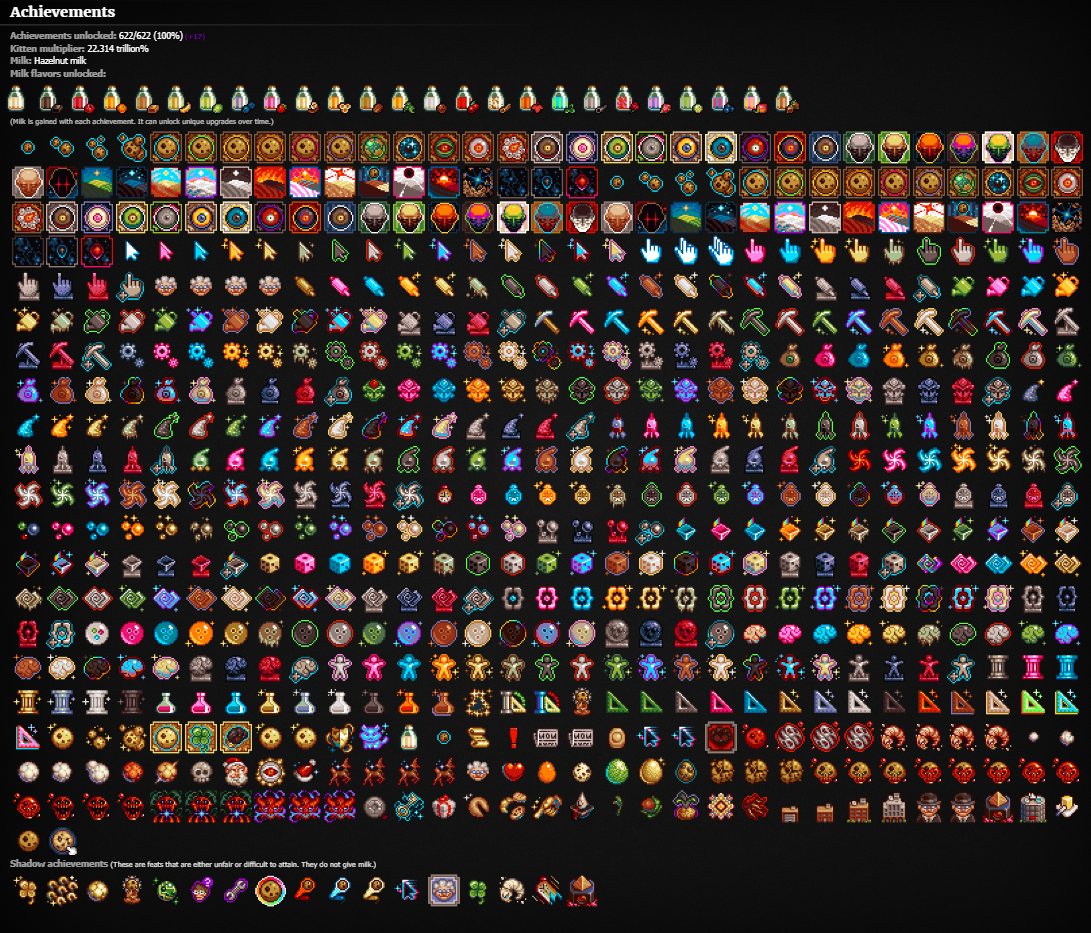
- #Are your mods tied to your vortex account how to
- #Are your mods tied to your vortex account mod
- #Are your mods tied to your vortex account archive
- #Are your mods tied to your vortex account full
- #Are your mods tied to your vortex account code
this is where we’re going to store our prefix. Any additional data we want to store in the load order file. That's why we have two separate id properties.
#Are your mods tied to your vortex account mod
other games, 1 modId could have several mod entries in the load order The modId as stored by Vortex in its application state. Human readable name for the mod - this is what we display to the user assign "true" when we build the load order entry instance. This game will not be using checkboxes so we're just going to This property is required by the FBLO API functors. The prefix we want to add to the folder name on deployment.
#Are your mods tied to your vortex account full
Here is the full object’s “interface” or “object description” Whether the mod is enabled or not - this is actually not required for our use case (we’re just going to always set it to true), but the FBLO API expects it to be provided nevertheless.Īnd that’s pretty much all we need. (We went with an alphabetical prefix ‘AAA - ZZZ’)Ī human readable name to display to the user. The prefix we want to assign to the mod’s folder name - the type of prefix needs to be alphanumeric - for this use case a simple numeric prefix should be sufficient but it’s really up to the developer what he wants to append. For the file structure, we will need:Īn arbitrary id to uniquely identify a mod entry.Ī modId as stored by Vortex in its application state - yes there are 2 different identifiers, the id property is intended to be used for a single mod entry, while the modId acts as a grouping key for multiple arbitrary ids - basically multiple mod entries can be tied to a single mod Id.
#Are your mods tied to your vortex account archive
Let's start by defining what mod entry structure we want to store in the file - depending on the game and the mod packing patterns that mod authors use, a single mod archive/mod instance could represent a single mod, or it could represent several mods (mod packs) each needing a separate visual representation in the load order page (it can get really complicated) - but for the sake of this tutorial, lets keep it simple - we expect every mod archive to contain a single ‘.pak’ file and therefore every ‘.pak’ file should have a mod entry inside the load order page (each with its own prefix). Obviously in this particular case, we need to change the folder names of the mods to control the order in which the game loads them - we can do this by adding a prefix to the folder name of each mod entry - should come as no surprise that each mod entry’s data we store in the file should have the prefix included so that we can easily assign it to the folder name on deployment (we will cover how Vortex changes folder names during deployment later on in this document).

(conveniently, this pattern is valid for most UE4 games unless the developer intentionally changes it). The game extension developer can store to file whatever data he thinks is required for him to sort and validate the load order, but ultimately the chosen file format and the data stored within it should be easily serializable/deserializable - no point in making your life hard.įor the purpose of demonstrating FBLO API usage for “non-file based” games - we’ve chosen an Unreal Engine 4 game “Destroy All Humans!” which as most UE4 games loads its mods in alphanumerical order from the “./content/paks/~mods/” directory - in the case of conflicting mods, the last mod that gets loaded (or the mod with the highest alphanumeric value) will win the conflict and override any other mods that get loaded prior to it. (it also allows me to better explain the structure of the mod entries we’re going to store in the file) TypeScript is basically just JavaScript with extra features - so don’t panic and read this quick introduction to TypeScript for JavaScript developers: Īlthough the FBLO API was primarily designed to cater for games that use files to enable, and to sort the order in which mods are loaded into the game the FBLO API is actually far easier to use with games that do not require a specific file structure when storing the load order.

#Are your mods tied to your vortex account code
Please note that this tutorial will be using “TypeScript” which allows developers to describe the structure of an object upfront and provides code validation which helps with avoiding type related bugs. The full code used in this tutorial can be found here.

#Are your mods tied to your vortex account how to
Please use this document if you understand how to use the FBLO API but are unsure how to use it to add a load order page to your non-file based mods loading game. This document expects the reader to have read through the primary FBLO documentation here and to be familiar with its serialize/deserialize/validate concepts, as it will not cover these in much detail. Using the File Based Load Order (FBLO) API to add load ordering to Non-File Based Games Tutorial


 0 kommentar(er)
0 kommentar(er)
